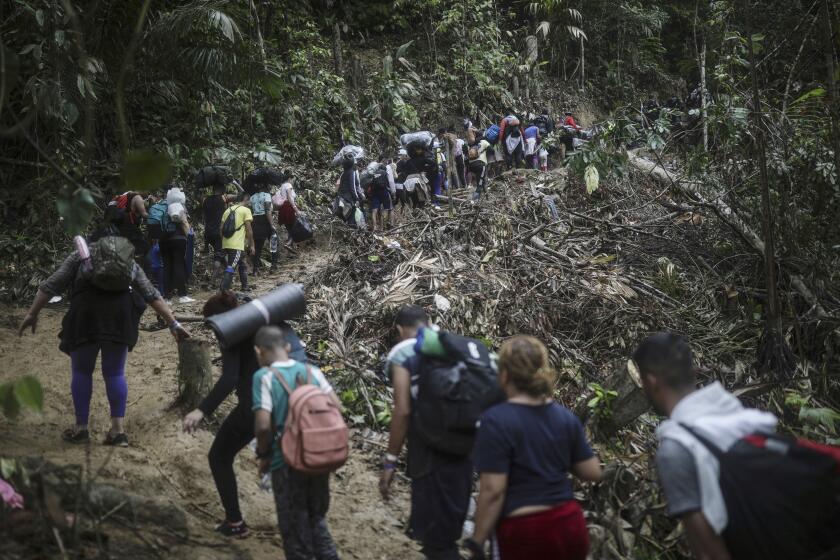Mexican tourism officials wage war on seaweed in Caribbean region
Halting the massive invasion of sargassum seaweed in the Mexican Caribbean requires the cooperation of the three branches of government with the business and education sectors, Tourism Secretary Miguel Torruco Marques said.
“Our goal is to analyze and find viable, sustainable solutions to stop this plague from affecting beaches of the Mexican Caribbean,” Torruco said during a meeting organized to deal with the seaweed problem at Puerto Morelos, a city in Quintana Roo state.
Torruco said that effectively waging war against the sargassum scourge would require the availability of international resources and working together with the governments of other Caribbean nations affected by the same blight.
Rosa Rodriguez of the Oceanography and Limnology Institute of the National Autonomous University of Mexico (UNAM) in Puerto Morelos said the recommendation continues to be corralling and gathering the masses of seaweed before they wash ashore, pile up and decompose, with the eventual effect of killing off sea life and coral reefs.
The way to stop the sargassum invasion should include the construction of an industrial plant to dry and compress the seaweed, which would entail an estimated investment of some 100 million pesos ($5.2 million).
Environment and Natural Resources (Semarnat) Secretary Josefa Gonzalez Blanco Ortiz Mena said this working session was scheduled to find a solution to this scourge that affects everyone.
Quintana Roo Gov. Carlos Joaquin Gonzalez recalled that the problem has been tackled with urgent measures aimed at halting the seaweed’s impact on tourism, the biggest business in the region.
“The steps taken against seaweed allow us to protect the thousands of jobs that tourism generates for our people,” the governor said.
At the meeting a strategy agreement was reached based on detection, which would employ real-time monitoring of the sargassum seaweed masses and in that way have more accurate information about their location so as to take more effective action against them.
The second part of the strategy is to contain the plague on the high seas to keep it from washing ashore in order to diminish its impact.
Collecting the brown sargassum algae on the beaches, trucking it away and putting it to some eco-friendly use, as well as monitoring the quality of water along the coast and of the air, would complete the strategies, he said.
Proposed as medium and long-term measures were research into the seaweed’s socioeconomic impact, sustainable disposal and ways to make some worthwhile use of it, while also discussed were such parallel matters as technological development, territorial planning and international relations involving this problem that affects 21 nations of the world.



